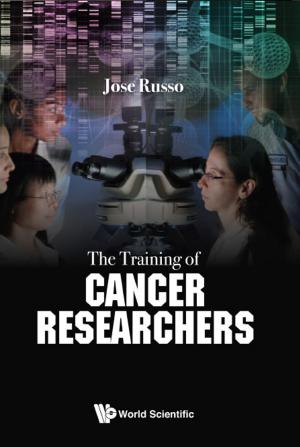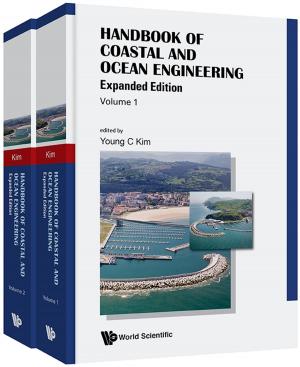Tsunami
To Survive from Tsunami
Nonfiction, Science & Nature, Nature, Environment, Natural Disasters, Social & Cultural Studies, Social Science| Author: | Susumu Murata, Fumihiko Imamura, Kazumasa Katoh;Yoshiaki Kawata;Shigeo Takahashi;Tomotsuka Takayama | ISBN: | 9789814338530 |
| Publisher: | World Scientific Publishing Company | Publication: | October 20, 2009 |
| Imprint: | WSPC | Language: | English |
| Author: | Susumu Murata, Fumihiko Imamura, Kazumasa Katoh;Yoshiaki Kawata;Shigeo Takahashi;Tomotsuka Takayama |
| ISBN: | 9789814338530 |
| Publisher: | World Scientific Publishing Company |
| Publication: | October 20, 2009 |
| Imprint: | WSPC |
| Language: | English |
This book provides comprehensive scientific information and knowledge survival tips on how to survive a tsunami. It is especially useful to those living (or about to live) in tsunami-prone areas, and to travelers who may visit such areas. The book is composed of two parts: the first consisting of three chapters on how to survive a tsunami by (i) describing precious lessons obtained from actual tsunami disasters, (ii) imparting fundamental knowledge of tsunami science for survival, and (iii) listing measures for tsunami disaster mitigation. The second part provides more detailed scientific knowledge on tsunamis and consists two chapters: one describes tsunami occurrence mechanism and near-shore behavior; the other mentions numerical simulation and tsunami forecasting. This book has been awarded the 2009 Book of the Year Award by the Japan Society of Civil Engineers.
Contents:
-
How to Survive a Tsunami:
- Examples of Tsunamis and Tsunami Disasters
- Knowledge for Tsunami Survival
- Prevention and Mitigation of Tsunami Disasters
-
Tsunami Behavior and Forecasting:
- Occurrence and Amplification of Tsunamis
- Tsunami Simulations and Forecasting Systems
Readership: Undergraduates and graduates interested in tsunamis, tsunami mitigation planners, oceanographers and physicists, especially residents in tsunami prone areas.
Key Features:
- Introduction of survival examples from tsunami
- Vivid description of life-versus-death scenarios
- Description of tsunami behaviors as helpful knowledge for survival
- How to prevent and mitigate tsunami disasters
- Tsunami simulation and forecasting system (present and future)
This book provides comprehensive scientific information and knowledge survival tips on how to survive a tsunami. It is especially useful to those living (or about to live) in tsunami-prone areas, and to travelers who may visit such areas. The book is composed of two parts: the first consisting of three chapters on how to survive a tsunami by (i) describing precious lessons obtained from actual tsunami disasters, (ii) imparting fundamental knowledge of tsunami science for survival, and (iii) listing measures for tsunami disaster mitigation. The second part provides more detailed scientific knowledge on tsunamis and consists two chapters: one describes tsunami occurrence mechanism and near-shore behavior; the other mentions numerical simulation and tsunami forecasting. This book has been awarded the 2009 Book of the Year Award by the Japan Society of Civil Engineers.
Contents:
-
How to Survive a Tsunami:
- Examples of Tsunamis and Tsunami Disasters
- Knowledge for Tsunami Survival
- Prevention and Mitigation of Tsunami Disasters
-
Tsunami Behavior and Forecasting:
- Occurrence and Amplification of Tsunamis
- Tsunami Simulations and Forecasting Systems
Readership: Undergraduates and graduates interested in tsunamis, tsunami mitigation planners, oceanographers and physicists, especially residents in tsunami prone areas.
Key Features:
- Introduction of survival examples from tsunami
- Vivid description of life-versus-death scenarios
- Description of tsunami behaviors as helpful knowledge for survival
- How to prevent and mitigate tsunami disasters
- Tsunami simulation and forecasting system (present and future)















